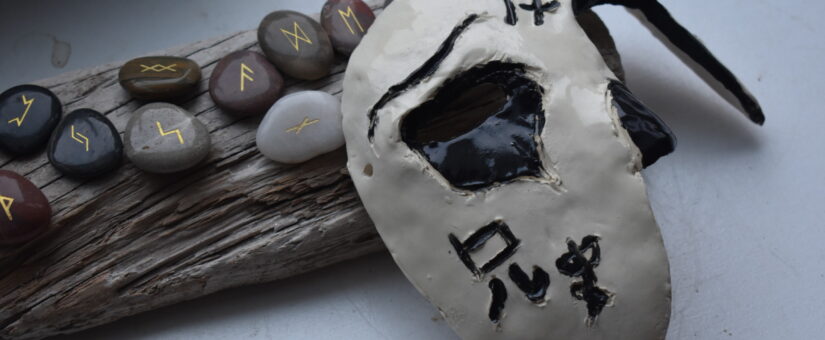
Enriching the Dialogue: The MAPS of Coaching
The MAPS of Coaching
For a moment, let’s pause to consider that to which each of the four MAPS refers. The definitions that we offer are quite tentative. Each of the four MAPS can be “slippery” (an analogy itself) and subject to considerable deliberation. Here is our own initial shot at each of the four (is “shot” a metaphor, analogy or perhaps even a simile that relates to photography or perhaps firearms?)
Metaphor: imagine for a moment that . . .
It is a figure of speech that describes an object or action in a way that isn’t literally true—but helps explain an idea or make a comparison. One thing is another thing. Symbolism is being engaged.
Analogy: This is similar to that in the following way(s) . . .
There are two seemingly different entities that are like. We focus on their communalities to make a specific point.
Parable: Let me tell you a story that will enlighten us . . .
A narrative is offered that leads to some lesson or the rich illustration of some concept.
Simile: Its like . . .
Two essentially dissimilar object or concepts are expressly compared with one another through the use of “like” or “as”.
MAPS Articles Posted in the Library of Professional Coaching or Library of Professional Psychology
Following are examples of each type of MAPS posted in LPC and LPP. We might argue about the category to which each article should be assigned—but probably can’t argue about the diversity and potential wealth of insights these essays offer. Each of these essays makes the case for a generative use of a MAPS inside a coaching session, or in consideration of coaching strategies and concepts regarding human nature and behavior.
Metaphors
White: Bringing the overview effect down to Earth
Campagna: Lessons learned from our feathered friends
Mura and Bergquist: To flicker or swing
Rybeck: The map and the territory
Bergquist: The New Johari Window
Bergquist: Evolutionary change and organizational Innovation
- Posted by William Bergquist
- On March 29, 2021
- 0 Comment

Leave Reply